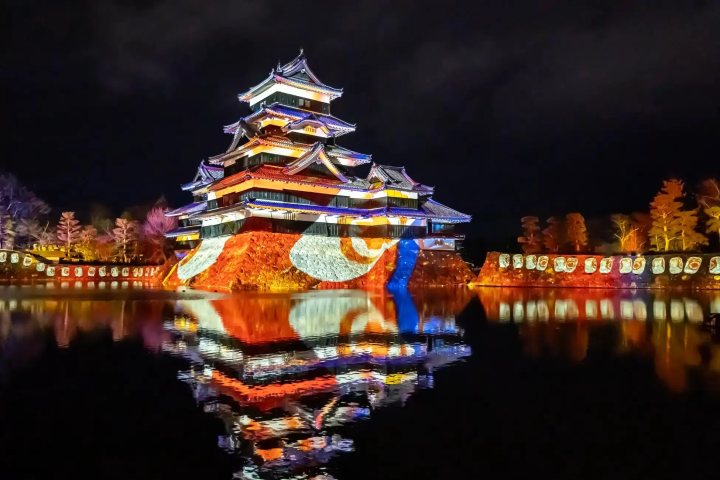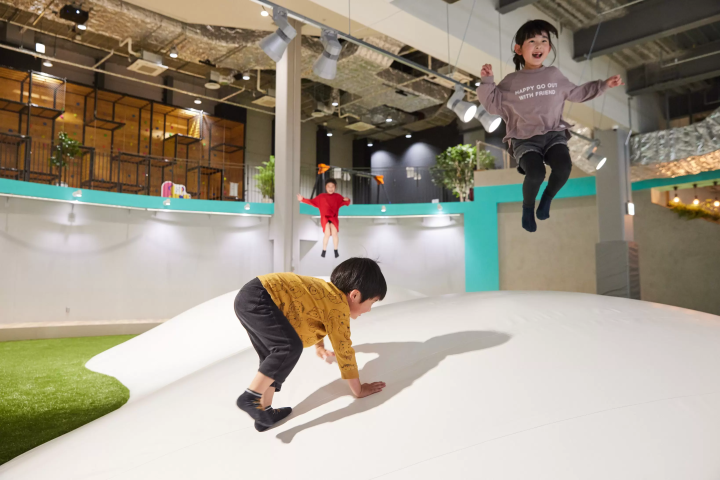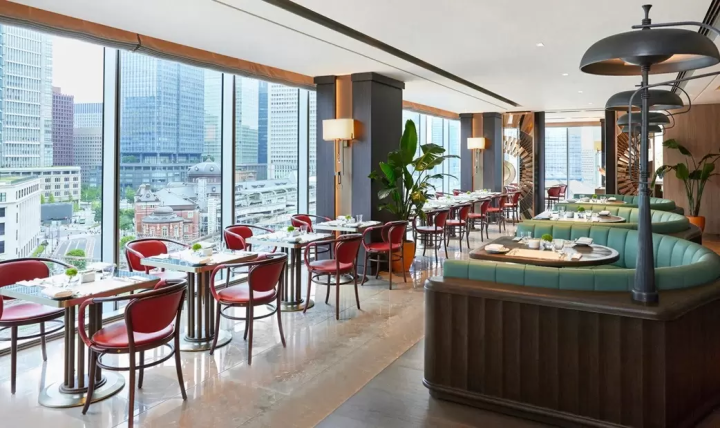The Origin Story of Kubota: Aiming to Be the "Best Sake in Japan"

The Kubota sake brand was born on May 21, 1985. What kind of era did Kubota develop from?
The roots of Asahi-Shuzo Sake Brewing originate in Kubotaya, which was founded in Nagaoka City, Niigata Prefecture in 1830. For nearly 150 years since its founding, it has become the top brewer in the prefecture, brewing exclusively "Asahiyama" brand. However, in the 1980s, a bargain competition broke out against the backdrop of mass production and sales in the sake industry. As a result, cost reductions led to lower quality, and getting involved in excessive competition is nothing but a management crisis.
In 1984, we launched a project betting on the company's future with the idea that "we can't compete in price competition, so let's deliver high-quality, delicious sake." This galvanized development of a product named Tokyo X, offering "a new delicious taste" that is a rank higher than the conventional Asahiyama.
Our desire is to deliver high-quality sake at a reasonable price.

Teiji Shima (left) and Toru Hirasawa (right)
One crucial person credited with being the creator of Kubota is Teiji Shima.
As head of the Niigata Prefectural Brewing Experiment Station, he has worked for many years to improve the quality of Niigata sake and train sake-brewing craftsmen.
The other individual is Toru Hirasawa, the fourth-generation president of Asahi-Shuzo Sake Brewing.
Both shared a common passion for sake.
In the 1970s, there was a preference for the rich, sweet type of sake made by major breweries in Nada and Fushimi area. However, when the local sake boom occurred in cities in the 1980s, local sake produced in various places became available nationwide. The driving force behind this popularity is the refreshingly dry sake produced by a brewery in Niigata. This completely different type of sake eventually garnered popularity in the Tokyo metropolitan area. In fact, it became such a hit that it became difficult to obtain. It was once called a "phantom sake" and sold for higher-than-normal prices. Upon hearing about this "phantom sake," Teiji Shima strengthened his desire to "deliver high-quality, delicious sake at a reasonable price from Niigata to nationwide customers." He was determined not to craft a "phantom sake" that was out of reach.
At the time, a competition for bargain prices broke out against the backdrop of mass production and sales, mainly among major sake breweries. Asahiyama was also sold at a budget price at discount liquor stores, causing significant damage to the brand. Meanwhile, Toru Hirasawa, the fourth-generation president of Asahi-Shuzo Sake Brewing, sensed the advent of an era of quality over quantity. This led to the desire to deliver high-quality sake at reasonable prices.
Shima and Hirasawa's joint desire to "provide high-quality sake from Niigata at a reasonable price" brought Shima to Asahi-Shuzo Sake Brewing as chief.
Sake that will be loved by urban customers

What kind of sake would be embraced by city dwellers who popularized "phantom sake"? To develop Tokyo X, we first pursued the needs of urban people's dietary habits and tastes. The sake quality we arrived at was Tanrei-Karakuchi, crisp, clean, and dry flavor.
At a time when the economy was booming, the quality of work changed from physical labor to mental labor and did not require salt and calories. Shima foresaw that, like food, people prefer sake that is easy to drink and not sticky, rich, and sweet-tasting sake.
A clash of souls aiming for "a taste demanded by the times"

Aiming to create a sake that is a rank higher than Asahiyama, which was not everyone's taste, resulted in Tanrei-Karakuchi, crisp, clean, and dry taste. This was the beginning of a new sake brewing for the company.
The first consideration is the selection of rice, which is the basis of sake brewing. For Tokyo X, we have adopted the sake rice Gohyakumangoku, which was created in Niigata Prefecture in 1957. Because the rice has little protein, it's suitable for sake brewing aiming for a refreshingly dry sake. Currently, Gohyakumangoku is one of the top two sake rice, along with the king of sake rice: Yamadanishiki. At that time, it was rare for breweries to use Gohyakumangoku. Instead of sticking to western Japan's sake rice, such as Yamada-Nishiki, which is not readily available, the new sake should be brewed with Niigata's rice, water, and people. Everything should be from Niigata.
In terms of production, we started by having the master brewer and brewers to understand the desires of Hirasawa and Shima. “The brewers gathered in the fall. I explained the president’s intentions, my thoughts, and detailed process based on the plan. However, as expected, the plan faced opposition. The master brewer, who was accustomed to the traditional procedure, also said that “We shouldn’t make it in a different way.”
I struggled to change their conservative mindset. One of the countermeasures we took was to divide the executive class into groups and send them to breweries in the prefecture for them to see sake breweries that could serve as examples. This measure was a success. The brewers who saw the other breweries recognized the disparity in equipment, procedures, etc.” This was Teiji Shima's comment in 2007, in his book "Talking about Sake".
We escaped from the closed environment of Asahi-Shuzo Sake Brewing and turned our attention to the brewing procedures used by other manufacturers. This led to a change in consciousness in the master brewer and the brewers. Their shared desire to "not be satisfied with the status quo, aim higher, and make the best sake in Japan" boosted everyone's morale.

In the koji mold making process—a fundamental process in sake brewing—we strived to control the temperature and humidity of the koji while staying overnight to create ginjo-type Tsukihasei koji. Shima confronted the master brewer with an uncompromising passion.
"When the time came, I went up to the koji room and witnessed the 'Kirikaeshi.' I heard later that everyone was saying, 'I will be killed' because I was repeatedly saying things like 'do this' and 'do it again.'" (Teiji Shima in 2007 "Talking about sake"). Shima, the master brewer, and the brewers continued the trial and error of sake brewing day and night. Eventually, they managed to brew a sake of the quality they had desired.
This was the origin of Tokyo X, which is Tanrei-Karakuchi, crisp, clean, dry yet mellow and sharp taste sake. Based on the determination to “create and deliver good sake sincerely with the spirit of our founding,” we named our sake upon its name from the establishment "Kubota-ya". The name is "Kubota." That's right, Kubota, which later became the representative brand of Asahi-Shuzo Sake Brewing, was finally born.
Returning to the Founding Spirit
To carry out thorough quality control and deliver optimal products to our customers, we narrowed our sales to liquor stores with a high level of expertise capable of communicating value, such as product management and explanations. We adopted an unusual method of directly delivering from the manufacturer to the liquor store. By the way, the suggested retail price at that time was 2,000 yen for first-class sake (Senjyu) and 1,500 yen for second-class sake (Hyakuju) for a 1.8-liter bottle.
Additionally, we didn't advertise in newspapers or on TV. Instead, we used the saved expenses to improve quality of sake for our customers. This is why we aim to spread information through what we now call “word of mouth,” conveying the story and value of Kubota through communication between store owners and customers. We worked with a stores where the owner sincerely recommended Kubota to his trusted customers.
During that time, there were about seven sales representatives. Traveling around the country, they continued to convey the thoughts and values of Kubota in his own words. Returning to the spirit of our founding, we are determined to not simply sell Kubota, but “cultivate Kubota together with liquor stores” and “make it the best sake in Japan.” As a result of ongoing communication between Asahi-Shuzo Sake Brewing and liquor stores, liquor stores and customers, and customer to customer communications, Kubota reached about 10% of Asahi-Shuzo Sake Brewing's sake shipment volume the year after its release.
A major turning point came in the early 1990s. Until then, Kubota had been sold to be enjoyed at home or as a gift, but then we started offering it at restaurants. One of the prefecture's leading Japanese traditional restaurants told us that they would like their customers to enjoy Kubota at their establishment. That became the opportunity for Kubota to gradually increase its contact points with consumers; it was now "a sake that could be enjoyed at the restaurant." Thus, Kubota became the new image of the Tanrei-Karakuchi—a crisp, clean, and dry sake of Niigata.
Customers’ Smiles Envisioned through Kubota

“When you want enjoy a special moment, when you feel joy, when a good friend comes over, or when you’re looking for a gift for someone… If you think about it this way, Kubota can become a special element in anyone’s daily life. Try to think of when you would like to drink it yourself, and who would feel joy to receive it or drink it with you.” This is what Shima used to say at that time.
Asahi-Shuzo Sake Brewing will keep refining the taste of Kubota, so that it continues to add color to the joyful moments that our customers experience.
Kubota is "Tanrei-Karakuchi" - crisp, clean and dry sake brewed in Nagaoka, Niigata. We are hoping that foreign customers also understand the beauty of sake, and experience the enjoyment of this versatile and fascinating drink.
The contents on this page may partially contain automatic translation.

































